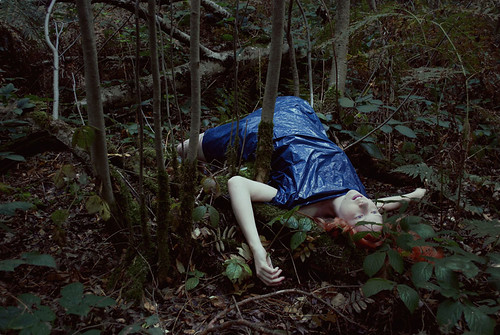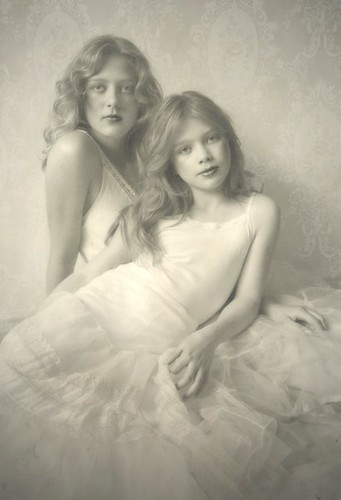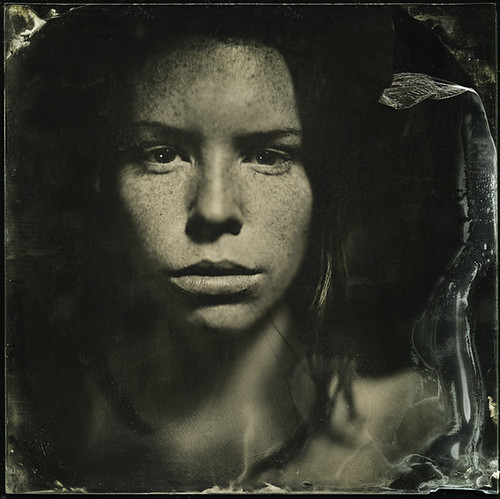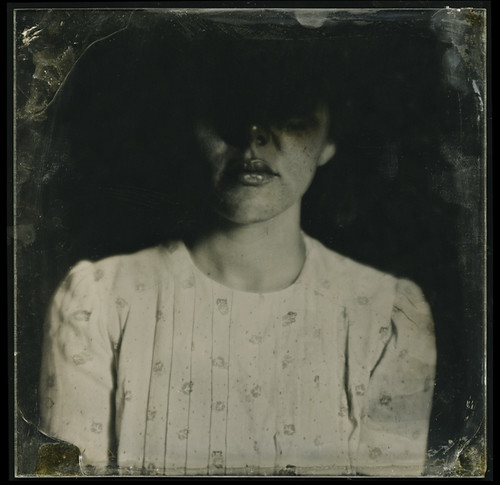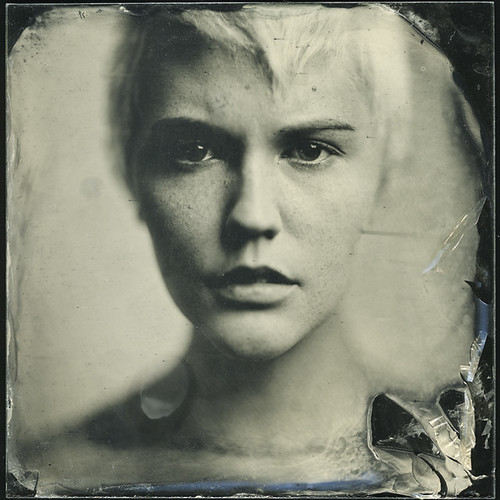Thursday, March 22, 2012
Richard Estes
Richard Estes (born May 14, 1932, Kewanee, Illinois) is an American artist, best known for his photorealist paintings. The paintings generally consist of reflective, clean, and inanimate city and geometric landscapes. He is regarded as one of the founders of the international photo-realist movement of the late 1960s, with such painters as Ralph Goings, Chuck Close, and Duane Hanson. Author Graham Thompson wrote, "One demonstration of the way photography became assimilated into the art world is the success of photorealist painting in the late 1960s and early 1970s. It is also called super-realism or hyper-realism and painters like Richard Estes, Denis Peterson, Audrey Flack, and Chuck Close often worked from photographic stills to create paintings that appeared to be photographs."
Miroslav Tichý
Miroslav Tichý (November 20, 1926 – April 12, 2011) was a photographer who from the 1960s until 1985 took thousands of surreptitious pictures of women in his hometown of Kyjov in the Czech Republic, using homemade cameras constructed of cardboard tubes, tin cans and other at-hand materials. Most of his subjects were unaware they are being photographed. A few struck beauty-pageant poses when they sighted him, perhaps not realizing that the parody of a camera he carried was real.
His soft focus, fleeting glimpses of the women of Kyjov are skewed, spotted and badly printed — flawed by the limitations of his primitive equipment and a series of deliberate processing mistakes meant to add poetic imperfections.
Of his technical methods, Tichy has said, "First of all, you have to have a bad camera", and, "If you want to be famous, you must do something more badly than anybody in the entire world."
During the Communist regime in Czechoslovakia, Tichý was considered a dissident and badly treated by the government. His photographs remained largely unknown until an exhibition was held for him in 2004. Tichý did not attend exhibitions, and lived a life of self-sufficiency and freedom from the standards of society.
Tichý died on April 12, 2011 in Kyjov.
His soft focus, fleeting glimpses of the women of Kyjov are skewed, spotted and badly printed — flawed by the limitations of his primitive equipment and a series of deliberate processing mistakes meant to add poetic imperfections.
Of his technical methods, Tichy has said, "First of all, you have to have a bad camera", and, "If you want to be famous, you must do something more badly than anybody in the entire world."
During the Communist regime in Czechoslovakia, Tichý was considered a dissident and badly treated by the government. His photographs remained largely unknown until an exhibition was held for him in 2004. Tichý did not attend exhibitions, and lived a life of self-sufficiency and freedom from the standards of society.
Tichý died on April 12, 2011 in Kyjov.


